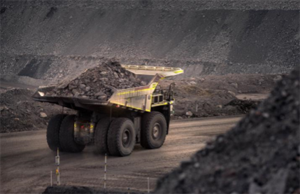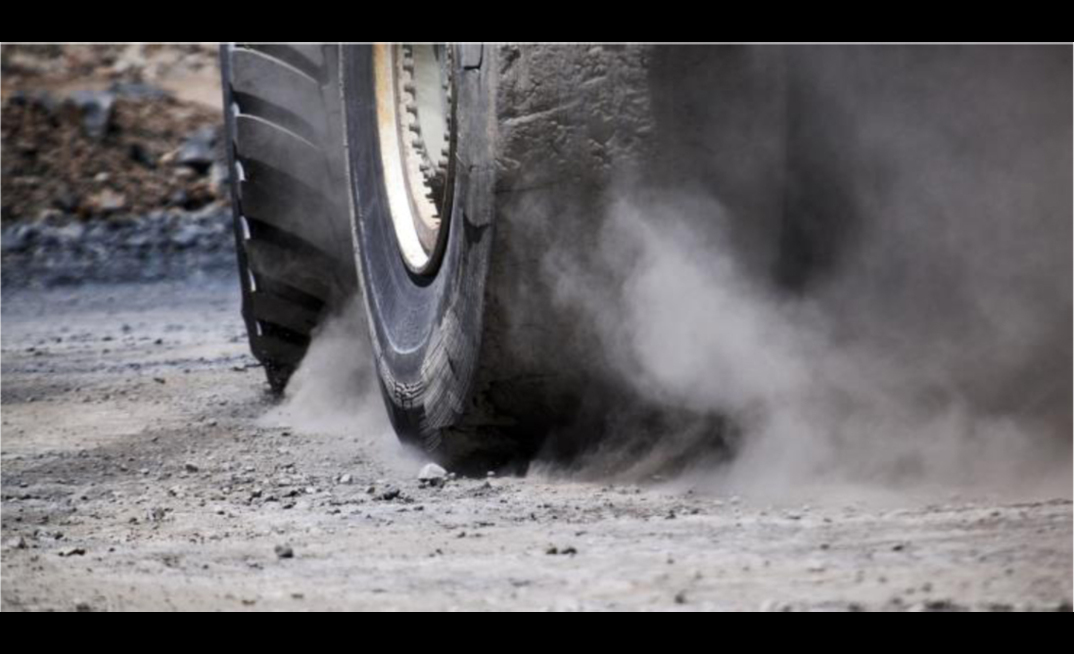When it comes down to it, there are two reasons why mining customers have to replace tyres: wear rate and premature damage. At most mine sites, significant resources go into sourcing the right tyre compound and rotating tyres to promote even tyre wear. But what if, after all that, the operator hits a rock and the tyre is at only 20 per cent of its life?
"That casing could be destroyed, and all that hard work was for nothing," says Ian Campbell, manager, technical services & projects, Kal Tire's Mining Tire Group, Australia. That's just one of the reasons why Campbell often recommends tackling premature damage before wear rate.
"Wear rate strategies can also take 12 months or more to see results as they are only quantified once the tyre is scrapped. However, if you had 50 tyres a month getting damaged by rocks and you cleaned up the haul roads, you'd see an immediate effect in terms of the number of new tyres used."
With data from five Australian operations showing 70 per cent of premature tyre failure is operational, it's easy to see how improving haul road conditions can have both an immediate and dramatic impact on tyre performance.
Most hard rock mines in Australia "have pretty rough haul road conditions," says Campbell. "It's been my experience from over 30 years in the tyre industry that you can get the best bang for your buck by improving haul road maintenance."
Determined to add value to its mining tyre management services, several years ago Kal Tire's Mining Tire Group set out to research and collect site data on haul road best practices to create site standards and practical solutions to reduce premature failures.
Over the course of approximately a week, a Kal Tire Operations audit will include haul road design and maintenance and make recommendations on four design elements: geometric, structural, functional and maintenance. Geometric explores road width, curvature, super elevation (banking) and vehicle speed—elements that need to be balanced.
"A lot of times you'll have operators contacting berms or windrows due to poor road design, and that causes sidewall cuts, casing damage and the overloading of tyres. With high speed cornering, excessive lateral forces on a tyre can result in belt separations, irregular wear and chaffing in the bead area."
To test and quantify the forces working against tyres, Kal Tire installs a GPS unit in a truck for a few days, and if speeding is an issue, a simple solution could be posting speed limits on corners and providing tyre awareness training to operators.
Structural elements consider the layers of material used in the road construction in order to carry the required load. "Weak road structures lead to undulations and potholes which can cause sudden overloading of tyres, resulting in casing damage and damage to vehicle suspension components such as struts."
Functional design considers just the top road layer the tyres have contact with and influences tyre wear. It also influences rolling resistance, which is the force resisting the tyre as it rolls on the road surface. Rolling resistance increases as the load on the tyre causes it to sink below the surface.

"There's a strong relationship between rolling resistance and fuel consumption. What's good for fuel consumption is also good for tyres." A road with 25 millimetres of tyre penetration gives tyres a rolling resistance of 4 per cent, which has the same effect as traveling up an extra 4 per cent of road gradient. In contrast, a hard, well-maintained road has a rolling resistance of 1.5 per cent.
Maintenance—managing spillage and gradient—as well as operator awareness can also go a long way in extending tyre life.
"The best practice is to have haul truck operators so aware of how the road conditions impact tyre life, that they are calling dispatch to say, ‘We need spillage clean-up on this corner.' Most damage occurs in the loading and dumping areas, and simple driving practices make a difference."
ABOUT THIS COMPANY
Kal Tire
Kal Tire has become a leader in mining tyre service and supply thanks to its pursuit of innovation, and ability to bring new technology, tools and processes to mining.
HEAD OFFICE:
- 8/457 Upper Edward Street, Spring Hill, QLD, 4000, Australia
- Phone: +61 07 3503 2722
- Email: australia@kaltire.com
- Web: www.kaltiremining.com

























